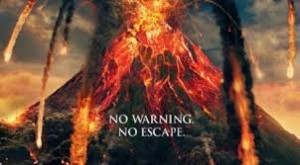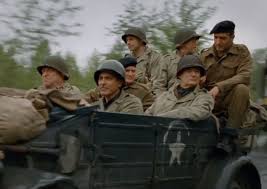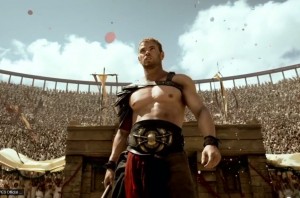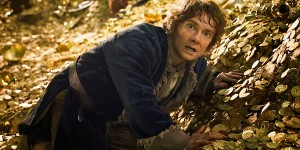Son of God
Posted on February 27, 2014 at 6:00 pm
B| Lowest Recommended Age: | Middle School |
| MPAA Rating: | Rated PG-13 for intense and bloody depiction of The Crucifixion, and for some sequences of violence |
| Profanity: | None |
| Alcohol/ Drugs: | Wine |
| Violence/ Scariness: | Intense and graphic torture and abuse and disturbing images in depiction of crucifixion, swords |
| Diversity Issues: | Religious diversity issues |
| Date Released to Theaters: | February 28, 2014 |
| Date Released to DVD: | June 2, 2014 |
| Amazon.com ASIN: | 1455585831 |
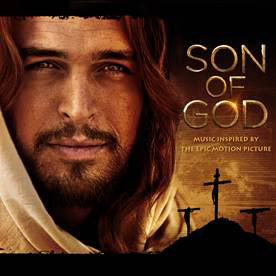 “Son of God,” re-cut and expanded from the popular miniseries produced by Roma Downey and Mark Burnett, “The Bible,” tells the story of Jesus from birth to crucifixion and resurrection in a thoughtful, reverent, and dignified manner. This is a movie made by believers for believers. It expects viewers to be familiar enough with the story to fill in some of the gaps and devout enough to assume the significance of each moment. It tells the story in a westernized, conventional manner that can seem superficial at times, more a cinematic Sunday School lesson than a movie. It is unlikely to persuade anyone, but it is undeniably moving and many believers will find it inspiring.
“Son of God,” re-cut and expanded from the popular miniseries produced by Roma Downey and Mark Burnett, “The Bible,” tells the story of Jesus from birth to crucifixion and resurrection in a thoughtful, reverent, and dignified manner. This is a movie made by believers for believers. It expects viewers to be familiar enough with the story to fill in some of the gaps and devout enough to assume the significance of each moment. It tells the story in a westernized, conventional manner that can seem superficial at times, more a cinematic Sunday School lesson than a movie. It is unlikely to persuade anyone, but it is undeniably moving and many believers will find it inspiring.
The production values are high, with Morocco providing the Biblical landscapes, elaborate sets and costumes, and a stirring Hans Zimmer score. Portuguese actor Diogo Morgado plays Jesus with dignity. He is very handsome, though his western features seem out of place. The portrayal of the Jews is always a sensitive issue in the depiction of the New Testament story. This version is more sympathetic than some, showing the political pressure that gave the Jewish community in Rome-occupied Jerusalem little choice. But it seems odd that Jesus and his followers, who considered themselves Jews, show no evidence of Jewish practice other than the Hebrew prayer for he dead following the crucifixion. Even the Last Supper, which has no elements of a Passover seder, though the Gospel of Mark says that Jesus prepared for the Last Supper on the “first day of Unleavened Bread, when they sacrificed the Passover lamb.”
The movie also reflects its source with some odd re-cuts and deletions. Those who are not familiar with the details of the Gospels may have trouble understanding who some of the characters are and how they fit in. The death of John the Baptist is mentioned briefly without making it clear what his contribution was and how he died. Roma Downey has explained that they chose to literally cut the devil out of the story, in part as a result of some claims that the actor cast in the role for the television version bore a resemblance to President Obama. But that means eliminating a key element of the story, the Garden of Gethsemane, which is an important part of understanding the way Jesus saw his role and his sacrifice. This is an accessible version of the story, but it is also a simplified one.
Parents should know that the New Testament storyline includes illness, bigotry, and graphic and disturbing images of torture, abuse, and crucifixion.
Family discussion: How does this differ from other versions of the story? What was Jesus’ most important statement and why?
If you like this, try: the rest of “The Bible” miniseries and other depictions of the life of Jesus including “The Gospel of John” and “King of Kings”

